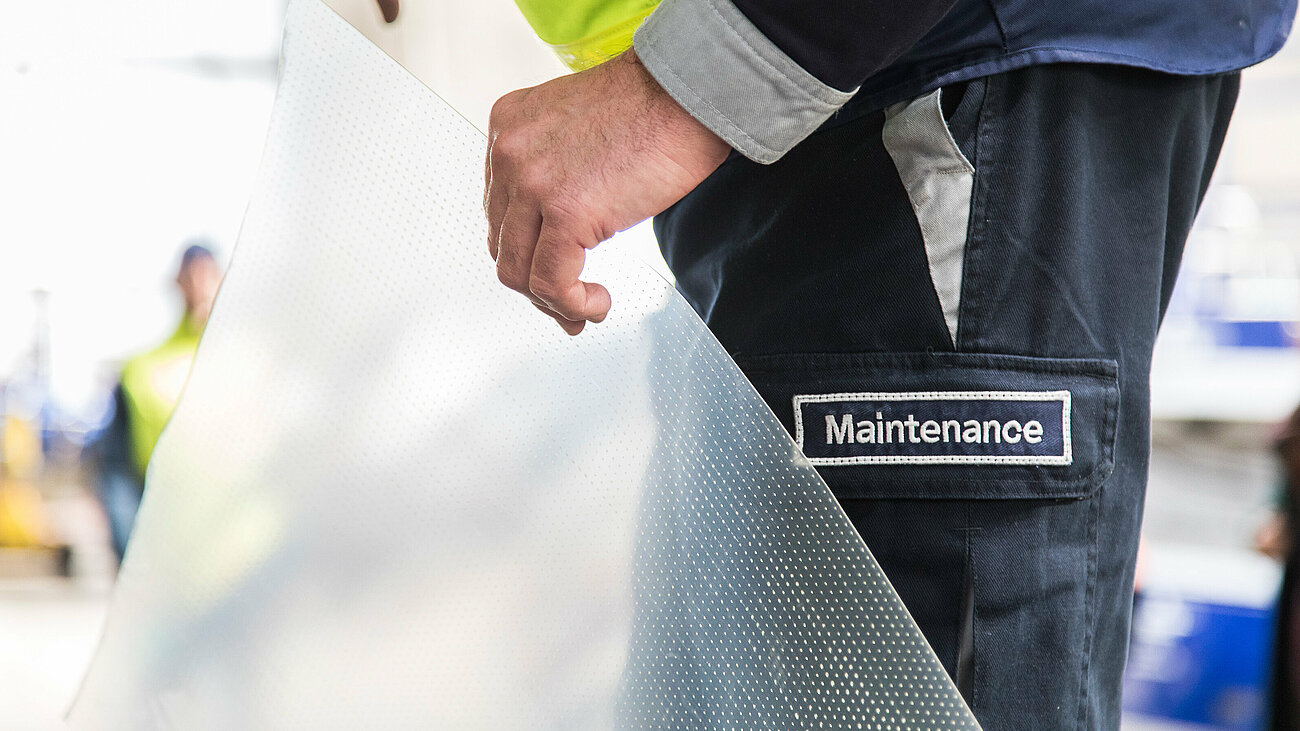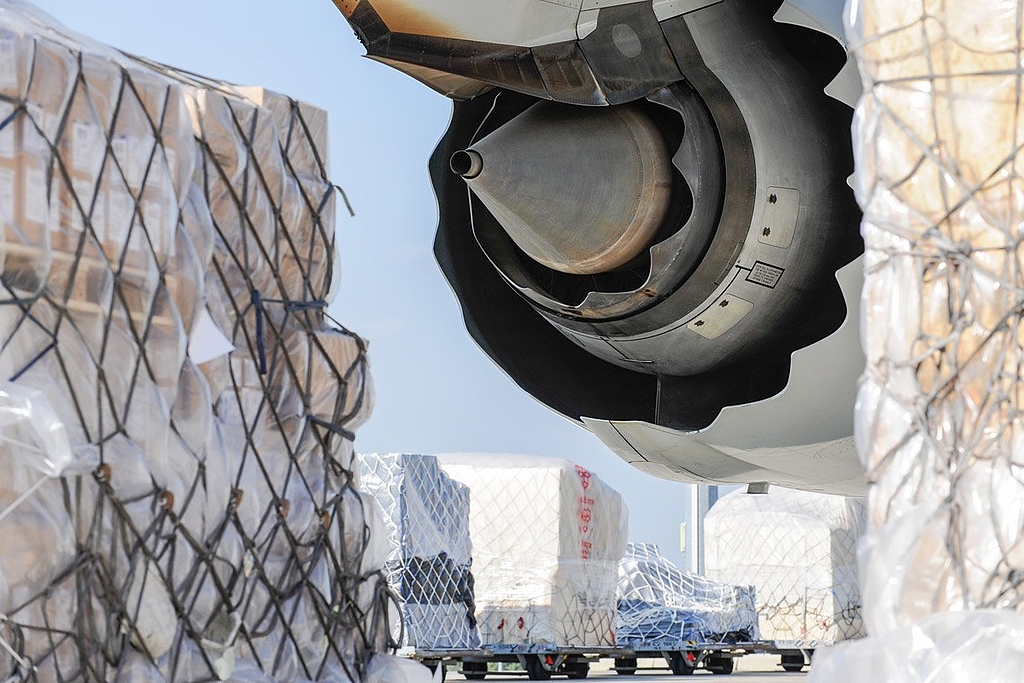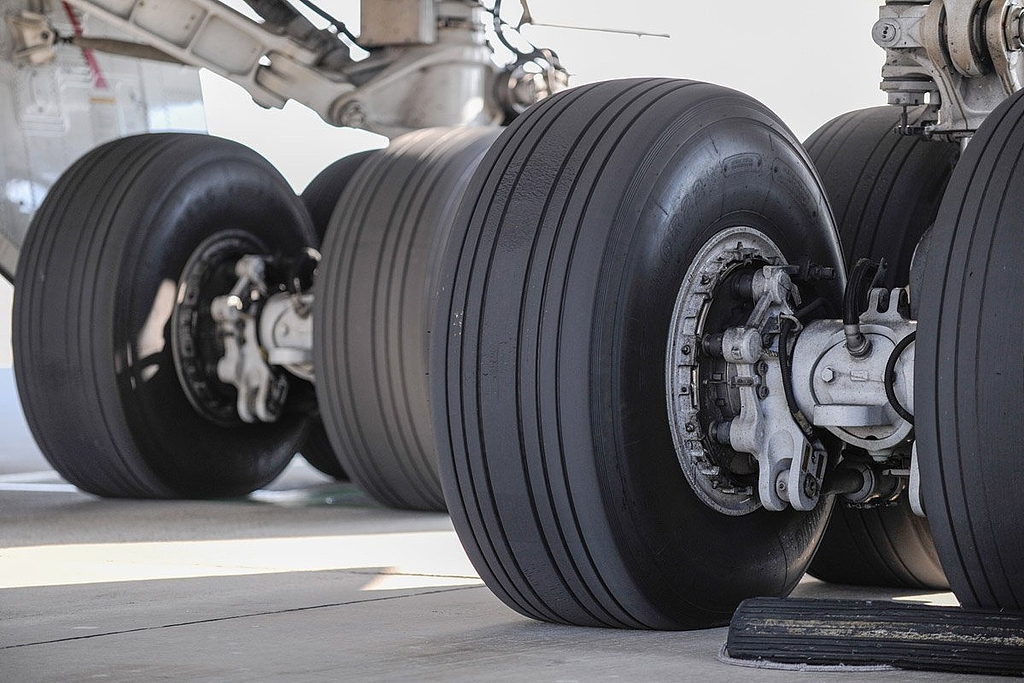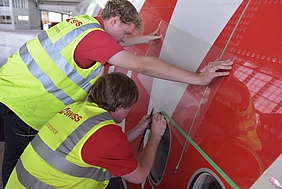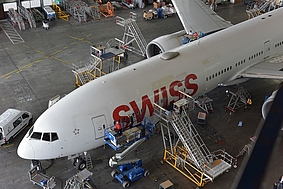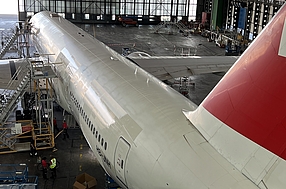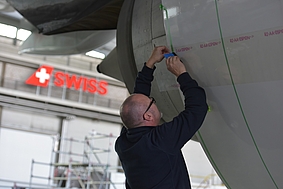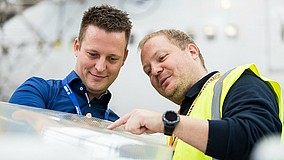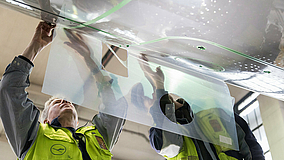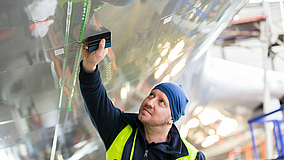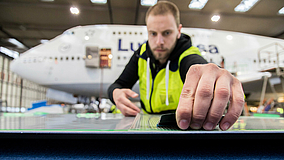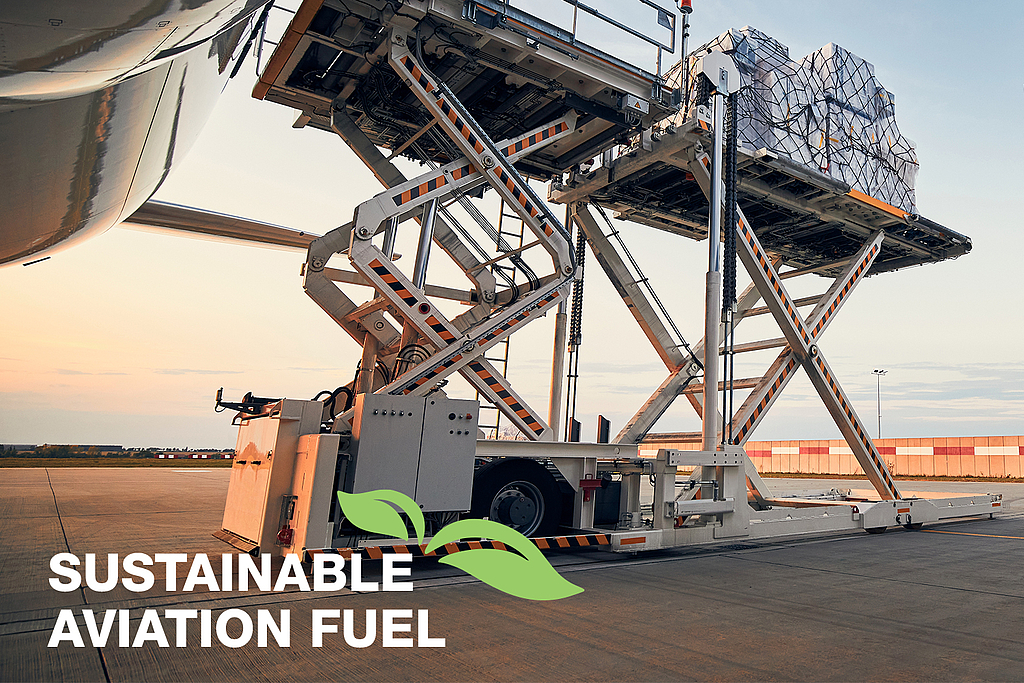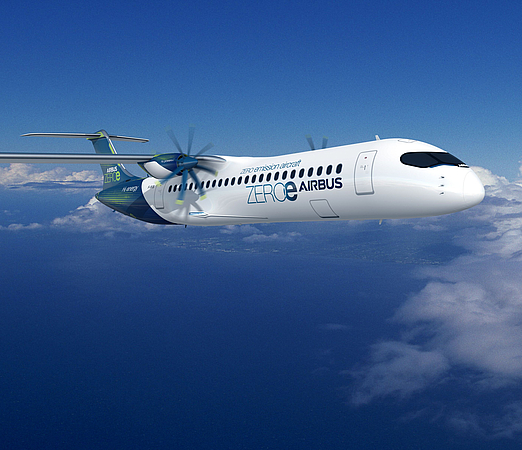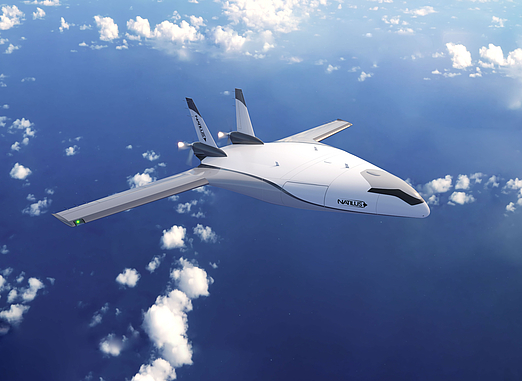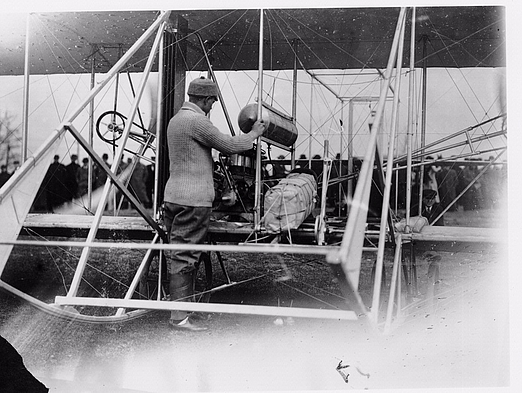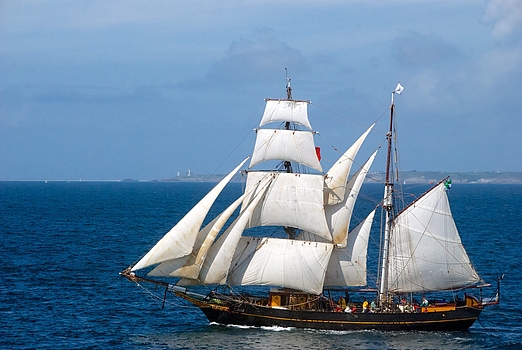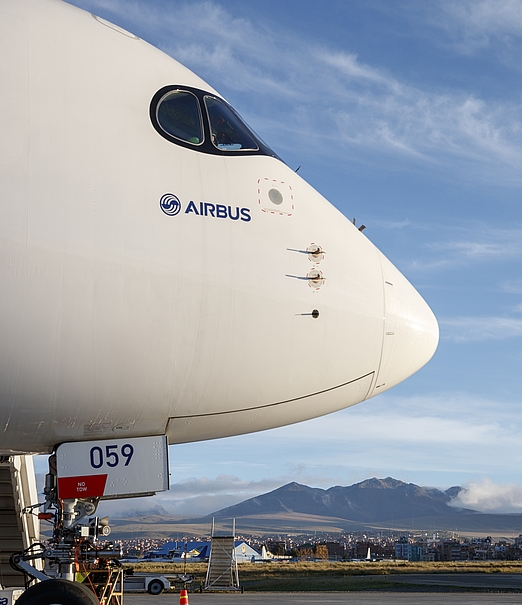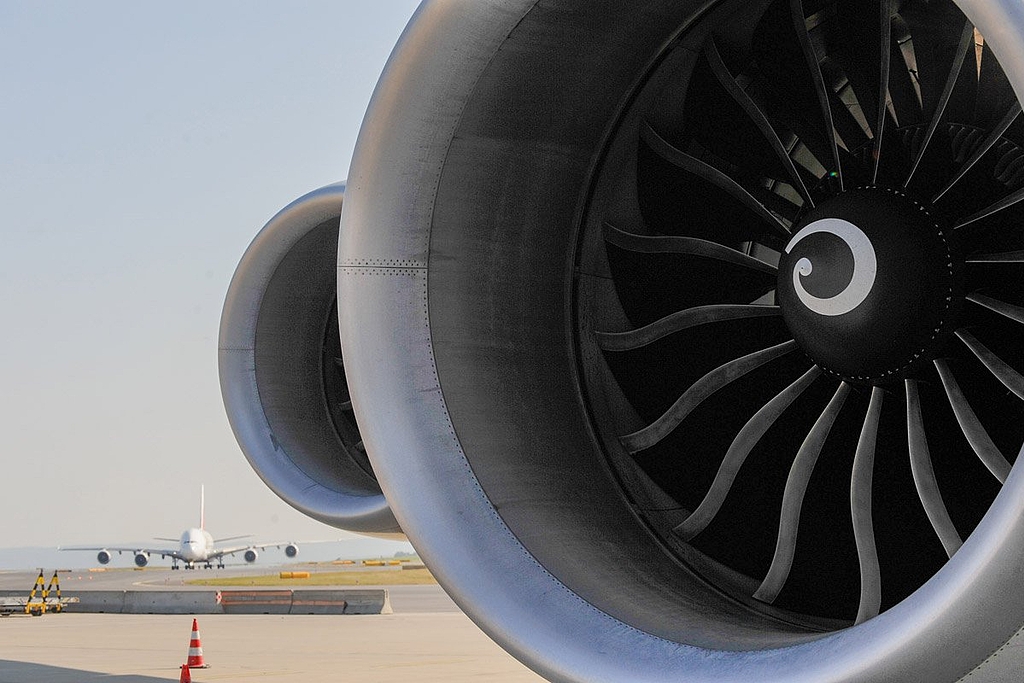Making aircraft more efficient with a foil covering based on “natural design”
AeroSHARK: gliding through the clouds
- Facts
Inspired by the skin of sharks, SWISS became the first airline to implement the new AeroSHARK technology on its aircraft in autumn of 2022. Following a proven “natural design,” the transparent film applied to the fuselage and engines imitates the streamlined characteristics of shark skin. A principle that has proven itself over millions of years of evolution will now reduce fuel consumption and CO2 emissions as well. Learn more about this thin film with a big impact...
